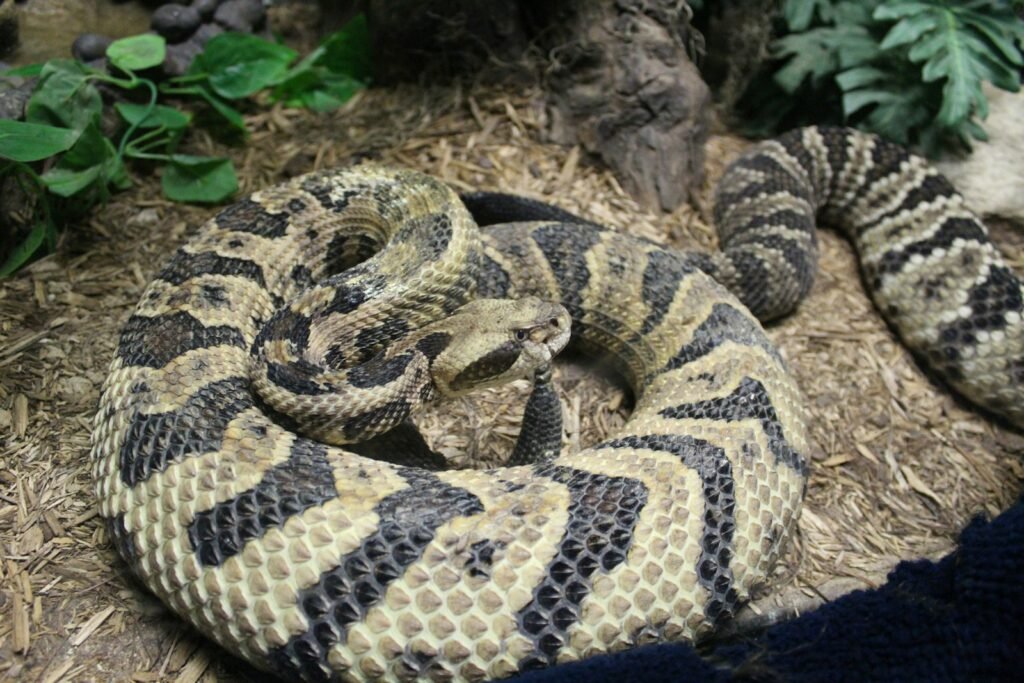The world of reptiles is a fascinating realm, filled with creatures that often leave us in awe. Among these intriguing beings are snakes and legless lizards, two types of reptiles that can easily be confused at first glance. Though they share a similar elongated body shape, they are distinct in numerous ways. In this exploration, we will delve into the traits that differentiate these two captivating creatures. Understanding these differences not only enriches our knowledge of the natural world but also enhances our appreciation for its diversity.
Body Structure: The Key to Identification
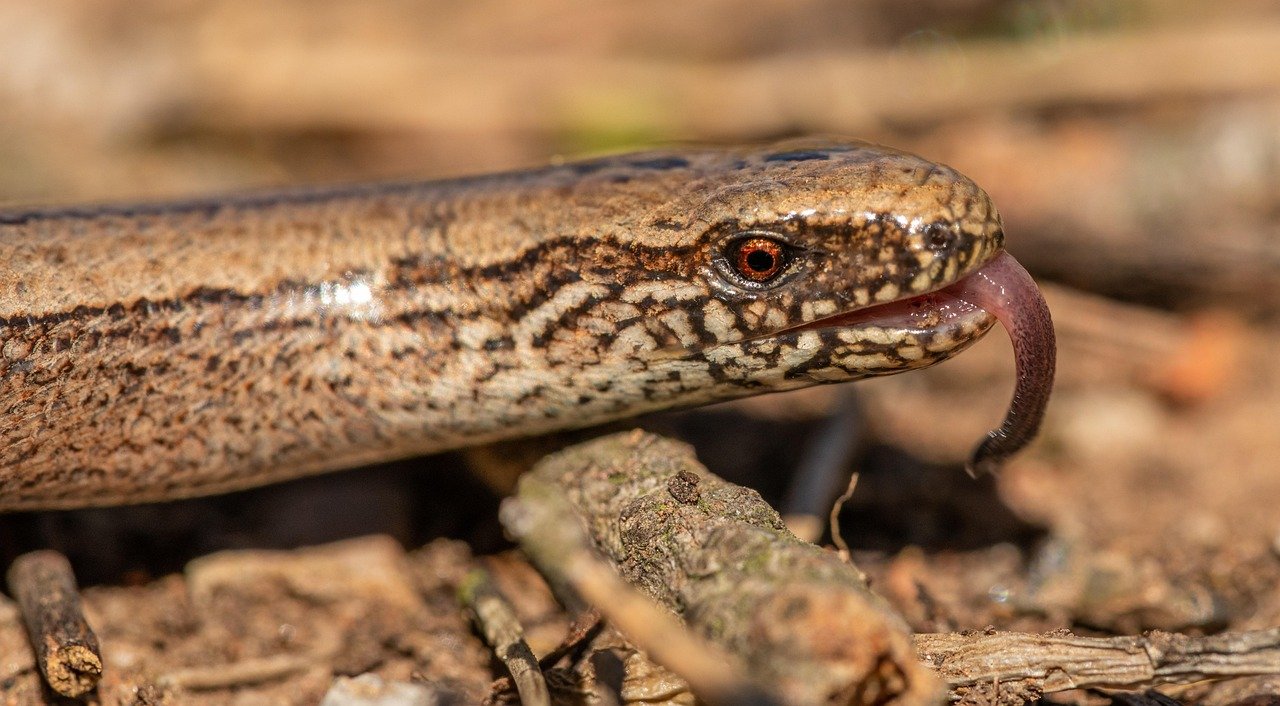
One of the most definitive ways to distinguish a snake from a legless lizard is through their body structure. Snakes have a long, seamless body with no visible limbs, whereas legless lizards, despite their name, often retain tiny vestigial limbs or limb remnants. These may not be functional, but they are a significant marker. Furthermore, the body of a legless lizard is often more rigid and less flexible than that of a snake. This difference in flexibility can be observed in their movement patterns, where snakes exhibit a fluid, sinuous motion, while legless lizards tend to move with more stiffness. It’s akin to comparing the graceful glide of a dancer to the deliberate shuffle of someone in a fitted suit.
Eye Characteristics: A Window to the Soul
The eyes can reveal much about these creatures. Snakes lack eyelids and possess a clear protective scale, known as a spectacle, that covers their eyes. This gives them a perpetual stare, often described as mesmerizing or eerie. In contrast, legless lizards have movable eyelids, allowing them to blink and close their eyes. This feature alone can be a quick way to tell these reptiles apart. Imagine trying to win a staring contest with a snake – you’d never succeed!
Ear Openings: The Hidden Clue
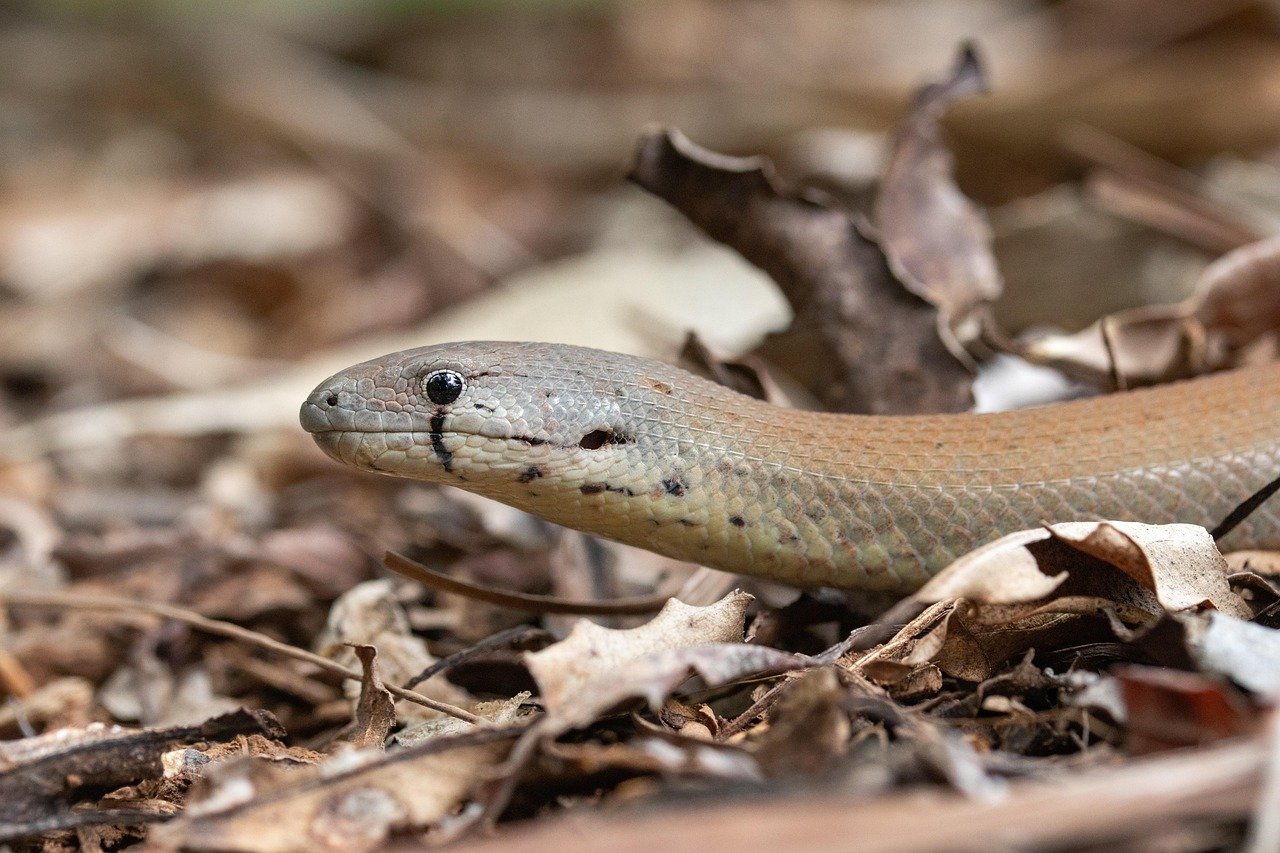
An often-overlooked feature that can aid in distinguishing these reptiles is the presence of ear openings. Legless lizards have external ear openings, which are small but visible. This feature is absent in snakes, which rely on vibrations through the ground to sense their surroundings. If you’re ever in doubt, a close inspection can reveal this subtle yet telling difference. Think of it as finding the hidden clues in a mystery novel; it’s all about paying attention to the details.
Movement and Locomotion: The Dance of the Reptiles
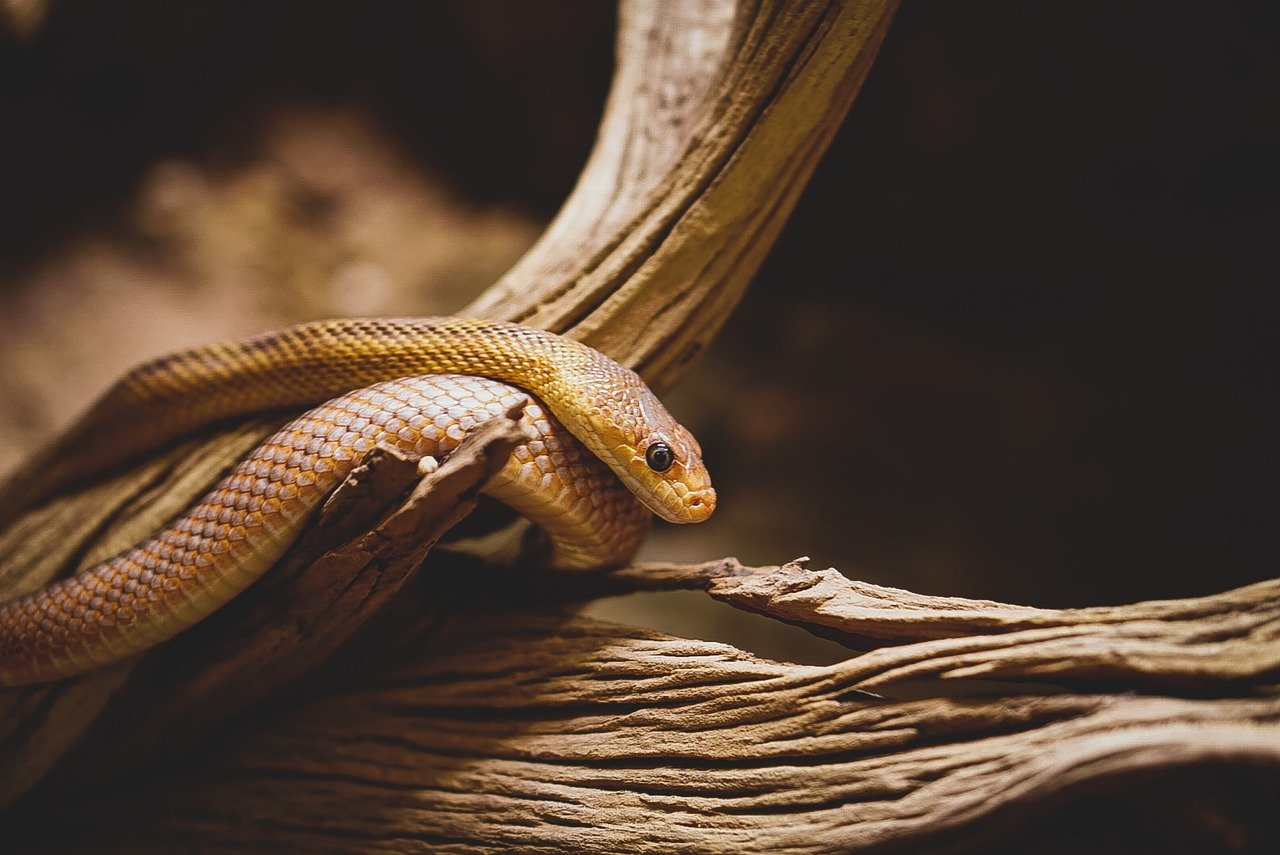
Observing how these creatures move can provide significant insights. Snakes are masters of the slither, using their muscular bodies to glide effortlessly over various terrains. They can climb trees, swim, and even burrow with ease. Legless lizards, however, are not as adept at such a wide range of movements. Their locomotion is more limited, often restricted to slithering across the ground in a less fluid manner. Watching these reptiles move is like witnessing two different styles of dance; one is fluid and continuous, while the other is more segmented and deliberate.
Dietary Habits: The Menu of the Wild
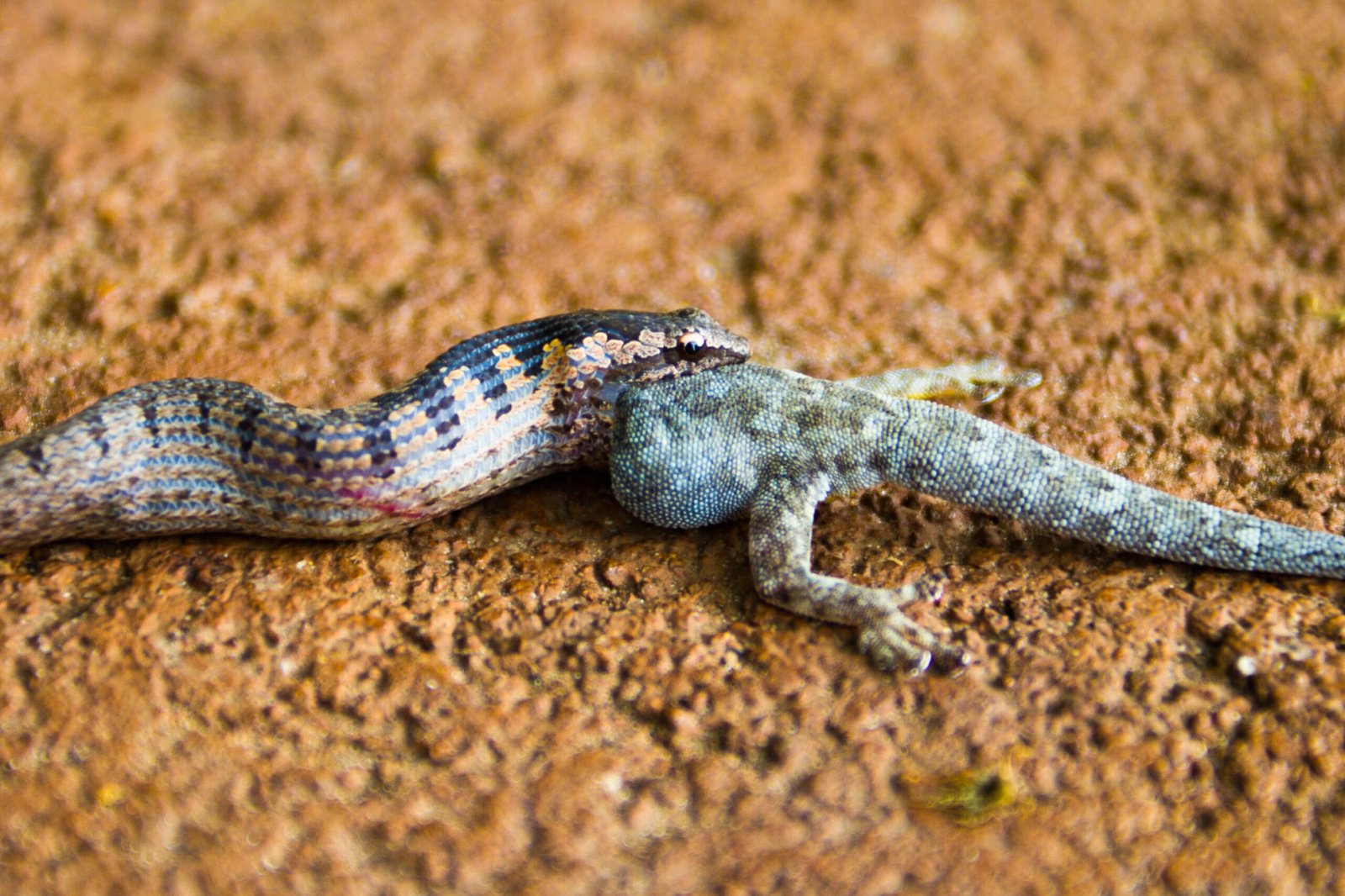
The dietary preferences of snakes and legless lizards also vary significantly. Snakes are primarily carnivorous, with diets that include small mammals, birds, eggs, and other reptiles. They are often equipped with specialized fangs and venom to subdue their prey. Legless lizards, on the other hand, may have a more varied diet that can include insects, spiders, and small invertebrates. Their method of catching prey is less aggressive, relying more on stealth and speed. It’s like comparing a gourmet chef meticulously crafting a meal to a fast-food enthusiast grabbing a quick bite.
Reproductive Differences: Eggs and Beyond
Reproduction is another area where these reptiles diverge. Most snakes are oviparous, meaning they lay eggs, although some species give birth to live young. Legless lizards are generally oviparous as well, but the incubation and care of the eggs can differ. In some species of legless lizards, the females guard and tend to their eggs, a behavior not commonly observed in snakes. This difference is akin to contrasting parenting styles, where one is more hands-on while the other is more independent.
Tail Autotomy: A Lizard’s Defense Mechanism
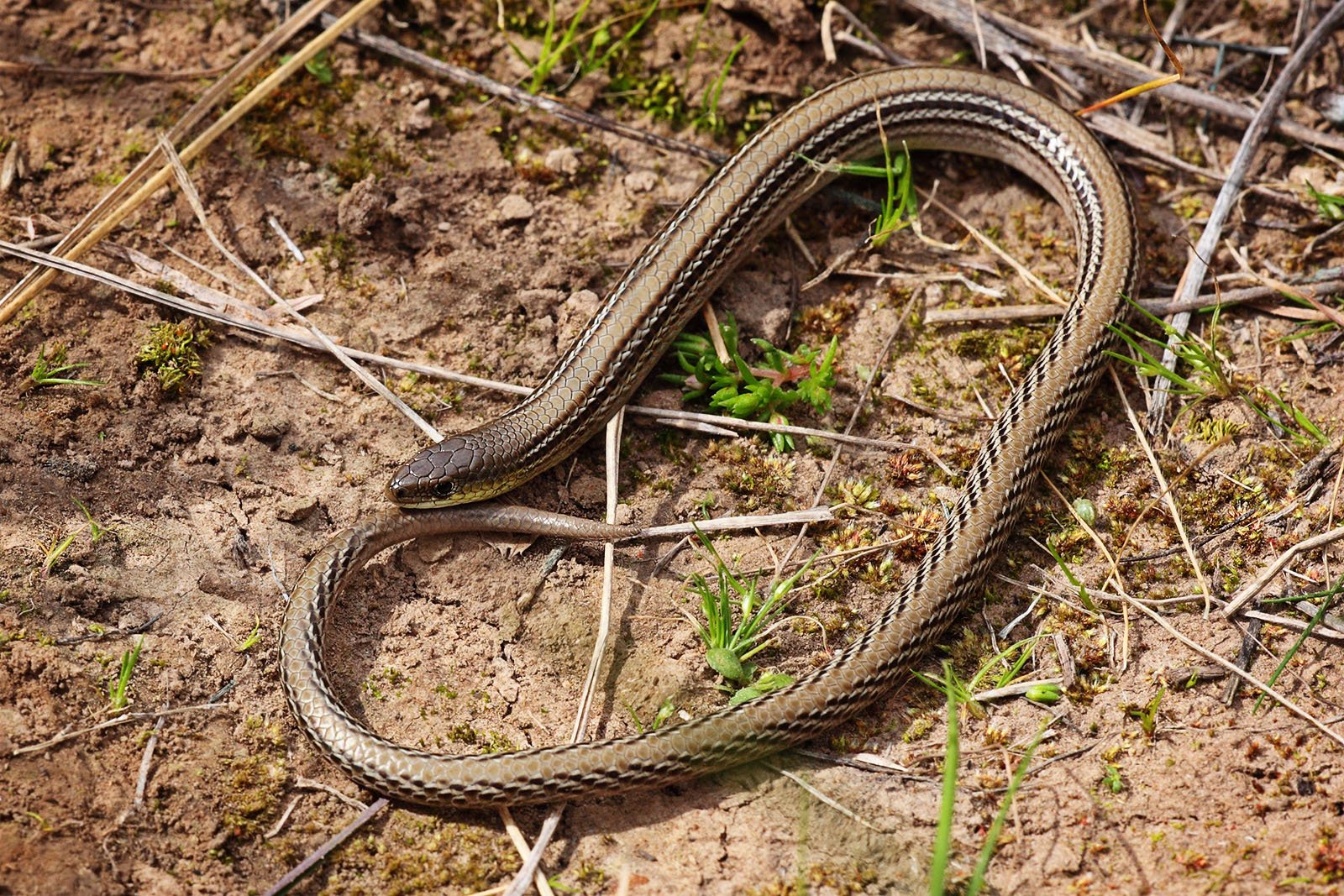
One of the most fascinating features of legless lizards is their ability to perform tail autotomy, a defense mechanism where they can voluntarily shed their tail to escape predators. This feature is not present in snakes. The detached tail continues to wriggle, distracting predators and allowing the lizard to escape. This remarkable ability is comparable to a magician’s sleight of hand, where the audience’s attention is diverted while the trick is performed.
Habitat Preferences: Where They Call Home
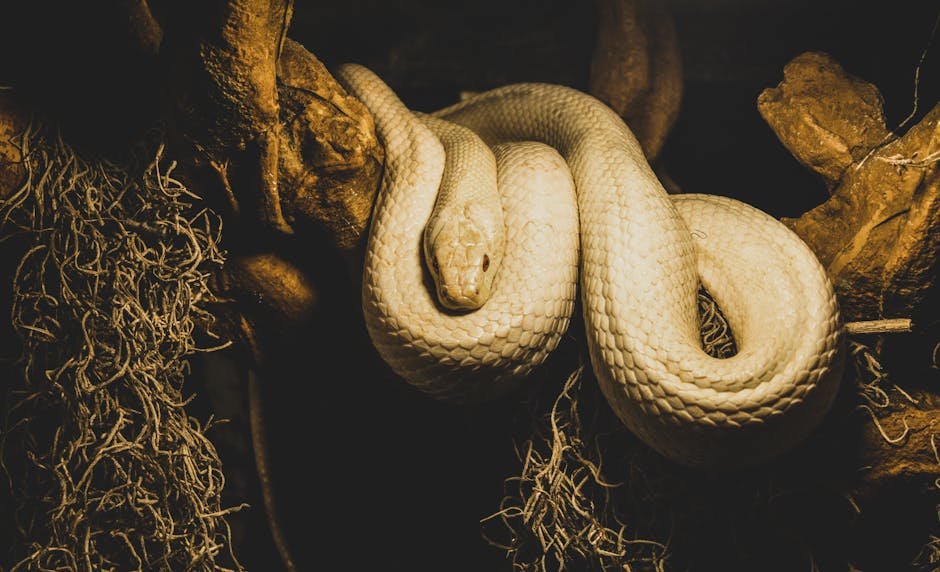
Snakes and legless lizards also differ in their preferred habitats. Snakes are highly adaptable and can be found in diverse environments ranging from forests and deserts to oceans and wetlands. Legless lizards, however, tend to favor dry, sandy, or rocky areas where they can easily burrow and hide. This distinction is like comparing two travelers; one thrives in any setting, while the other prefers the comforts of familiar terrain.
Behavioral Traits: Understanding Their Nature
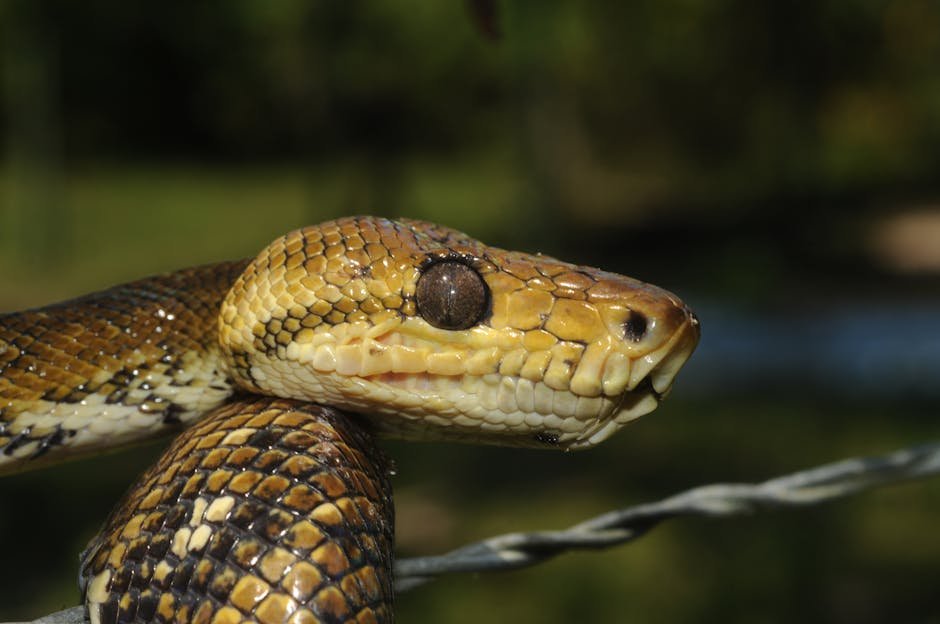
Behaviorally, snakes and legless lizards exhibit distinct patterns. Snakes are often solitary creatures, preferring to hunt and live alone. They are generally more aggressive when provoked. Legless lizards, however, may be found in small groups or pairs and tend to be less aggressive, opting for flight over fight when threatened. This difference is akin to comparing introverts with extroverts; one prefers solitude while the other is more social.
Conservation Status: Protecting Our Reptilian Friends
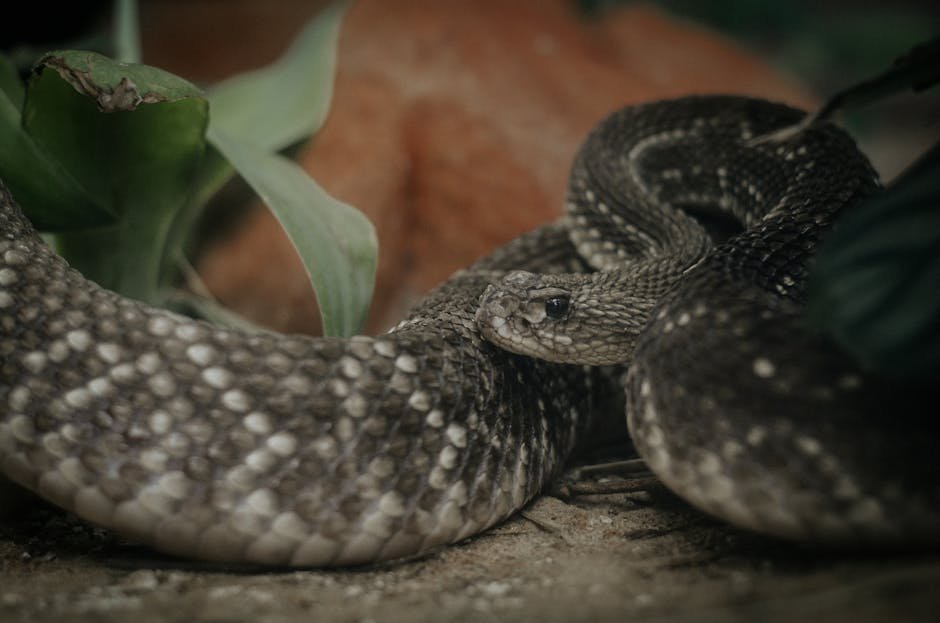
The conservation status of these reptiles varies, with some species of snakes and legless lizards being threatened or endangered due to habitat loss, climate change, and human interference. Efforts to protect these creatures are crucial to maintaining ecological balance. Understanding the differences between them can aid in conservation efforts by helping to identify and protect their specific habitats and needs. This is a reminder of the importance of preserving the natural world, much like safeguarding a treasured piece of art for future generations to admire.
In conclusion, distinguishing between snakes and legless lizards requires a keen eye and an understanding of their unique characteristics. From body structure and movement to dietary habits and reproduction, each aspect offers a glimpse into the fascinating world of these reptiles. By appreciating their differences, we not only enhance our knowledge but also contribute to the preservation of these remarkable creatures.

